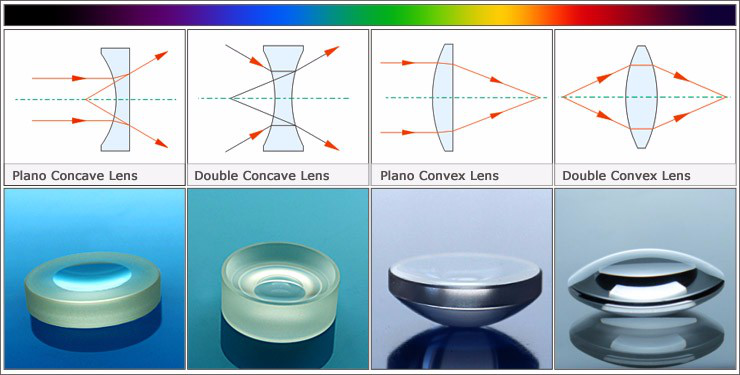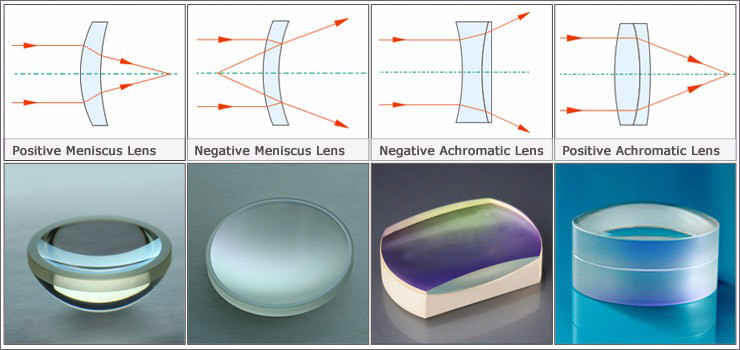What should I eat in the spring?
Spring Alert Five Foods Induced Poisoning Nine Skills for Spring Diets for Women Weight Loss Tips for Spring Health Recommended: A year-long plan for nourishing the liver is spring. In our country's medical science, it is believed that "the rejuvenation of all herbs and the onset of all diseases" means that it is easy to relapse in the spring.
Due to warm and windy springs, springs are suitable for the propagation and spread of bacteria, viruses, and other microorganisms. The human body is vulnerable to bacteria, viruses, and other microorganisms and causes illness. Therefore, there is an argument for spring health “when food is neededâ€.
Wang Jiaming, dietitian at the First Affiliated Hospital of Kunming Medical College, said that the lack of appropriate body supplements in the spring to balance dietary nutrition can regulate human health (healthy foods). Our country's medicine completed its basic system as early as 2,000 years ago. For example, "Yellow Emperor's Internal Classic" is a collection of physiology, pathology, and therapeutics.
The "Yellow Emperor's Internal Classic" contains: "In the spring of March, this is called Chen, born in heaven and earth, all things are glorious." In the spring, yang rises and everything develops, and the natural world presents a vibrant scene. Therefore, the key to spring health is to master the characteristics of spring yang yang, and pay attention to protect the body's yang, so that it continues to be full, and gradually flourish, all have masculinity and impede yang hair growth Should be avoided.
In Chinese medicine, “qi†is the source of motility in the body. The so-called “Four Gas†is the “heat, warmth, coolness, and coldness†that occurs when food enters the body. Food that does not have any effect is called “flatâ€. .
The yang gas is a warm gas, but for over-mighty yang, it must be suppressed. Wang Jiaming said that the ancient health science diet method claims are consistent with modern nutrition. The so-called "medicine and food homology" refers to the same way that Chinese medicine and food are produced. The production of Chinese medicine, like food, originates from the tens of thousands of years of our ancestors' practice of living. It is a long-term struggle with nature and disease.
Traditional Chinese medicine and food are derived from nature's animals and plants, and many traditional Chinese medicines and foods are difficult to separate completely. It can be said that both medicines have two roles, such as grain, malt, Huai wheat, floating wheat, and vegetables. (vegetable foods) such as leeks, radishes, mustard, yams, lilies, coriander, Patrinia, melon, pumpkin, red bean, black soybean, concanavalin, lentils, etc.
Fruits such as hawthorn, ebony, longan, oranges, pomelo, lotus seeds, almonds, figs, etc., seasonings (condiment foods), such as kaempferol, ginger, cinnamon, cloves, pepper, pepper, star anise, cumin, Such as grass and fruit, more species of animals, including snakes, livestock, aquatic products, wild animals, etc.
"Medicine and food homology" makes traditional Chinese medicines have a strong flavor of life, and it also strengthens its practicability and experience. The food is made into a soup, as an agent for the treatment of diseases, called food therapy, referred to as diet. However, according to the actual condition of the human body and the state of health, the diet should be reasonably conditioned under the guidance of the diet. Wang Jiaming believes that in the spring, the dryness and dryness of the body make the body dry, and the intake of food needs to be taken into account. The health of people who are in very good health should not make a large amount of food supplements.
Wang Jiaming recommends eating more fruits (fruits) and vegetables, ensuring adequate drinking water, avoiding oil (oil food) frying, grilling, and intensely irritating seasonings. He said that there are many popular methods of diet therapy. The key is to use specific factors, not to listen to biased beliefs, and to go blindly tonics. If you do not pay attention to the balance of nutrition for a long time, it will lead to the occurrence of physical diseases.
The ordinary achromatic lens refers to a lens group that corrects the chromatic aberration of light of three wavelengths (blue, green, and red).
It is composed of two different materials of lenses. The purpose of an achromatic lens is to focus two different colors of light to the same point, or it is called correcting chromatic aberration.
Chromatic aberration is due to the difference in dispersion and refractive index of light of different wavelengths in the glass, resulting in different focal points of light of different wavelengths. Using the combination of different materials, such as the combination of crown and flint glass in the converging lens and diverging lens, the dispersion of each glass can be compensated by the other glass, thereby minimizing the overall chromatic aberration. The two-piece achromatic lens is the simplest type of achromatic lens. It is divided into two types: double cemented and double separated. Of course, the achromatic lens can also be composed of multiple lenses, depending on its use needs. Achromatic lenses with relatively large apertures are usually separated, assembled in the frame, and have excellent overall performance. For a double-separated lens, the gap between the two lenses is actually equivalent to the third lens, which can eliminate chromatic aberration better than a cemented lens. Therefore, it can balance aberrations over a wide range of wavelengths and play a role in the field of broadband imaging.


Achromatic Lens,Achromatic Spherical Lens,Telescope Achromatic Lens,Achromatic Cylindrical Lens
ChangChun Worldhawk Optics Co.,Ltd , https://www.worldhawk-optics.com